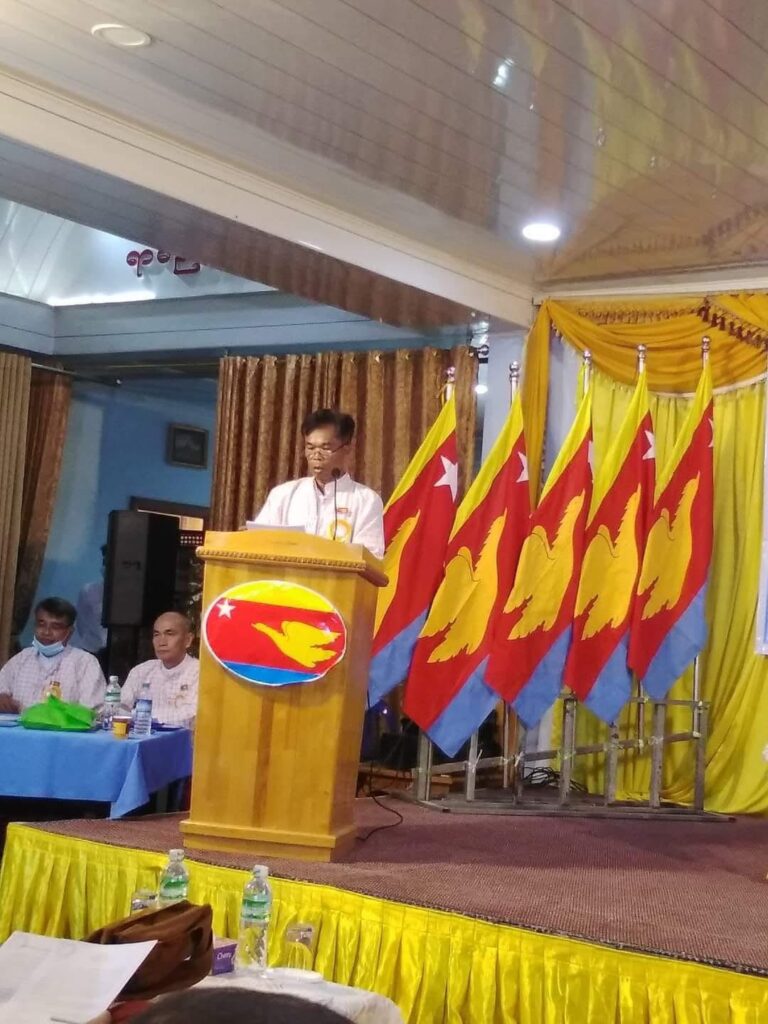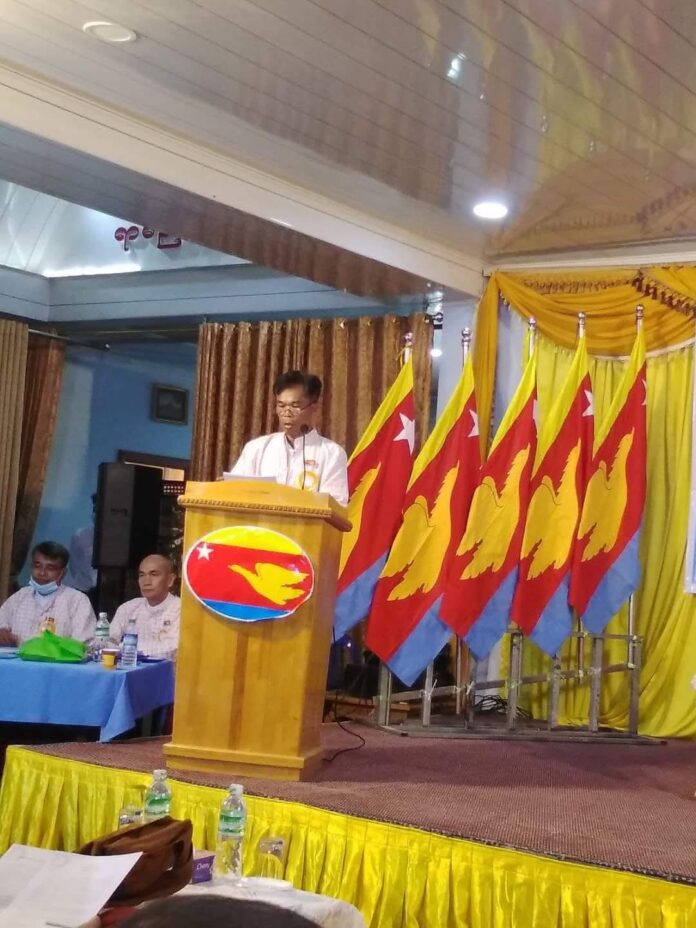The Mon Unity Party (MUP), which will represent Mon State in the upcoming election organized by the election commission, intends to contest in areas with a realistic chance of winning. MUP spokesperson Nai Than Shwe said that the party plans to participate based on calculations from previous election results.
On August 17, the MUP held a Central Executive Committee (CEC) meeting to discuss election organization, candidate selection, and party fundraising.
Regarding the upcoming election on December 28, the MUP was contacted to clarify how the party plans to participate and the outcomes of the recent CEC meeting.

Q: I heard that the MUP held a CEC meeting. What decisions were made regarding the election?
A: We held it on August 17. The main discussion was about how we will contest the election and in which areas. We are still planning and calculating where in Mon State we have a chance of competing. There isn’t anything particularly unusual in the decision. The main point is that we will participate in the election. How we contest and which candidates will run for parliament will be planned gradually. We will also handle matters related to election organization. It’s a lot of work, but nothing extraordinary.
Q: The UEC said Election Phase 1 will be held on December 28. How prepared is the party?
A: We have done a lot of preparation. We are monitoring and planning how to contest, how to organize, and how to select the remaining candidates. We are also focused on party fundraising and financing for parliamentary candidates. We do not yet know about Phase 2. Phase 1 will be held on December 28, and there will likely be a one-week gap between Phases 1 and 2. Phase 3, if it happens, will likely follow the same one-week gap.
Q: Regarding the UEC’s delineation of constituencies, what is your comment? Some areas are controlled by resistance groups.
A: In Mon State, there are not many difficulties regarding constituencies. However, we do face some challenges. For example, each state has 12 seats in the national parliament—six elected via First Past the Post (FPTP) and six via Proportional Representation (PR). In FPTP areas, constituencies are large; for instance, Thanbyuzayat and Mudon are combined into one constituency. That makes the voter base large and the winning chances lower. When areas are extensive, organizing becomes difficult.
Q: What are the strengths and weaknesses of using FPTP and PR?
A: The weakness is that previously, state parliament constituencies were smaller, like Township Constituencies 1 and 2. Under the new PR system, each township is considered one constituency. Candidates must now contest in the entire township rather than smaller constituencies, which makes it harder to organize and reduces the chances of winning. But we will still try to maximize our chances.
Q: Selecting parliamentary candidates is challenging for political parties. How is it for MUP?
A: We may also experience a shortage of candidates. Our main goal is to make sure we have candidates and make it work. However, we have not yet finalized parliamentary candidates, so we cannot say precisely. There is a possibility of having a few candidates.
Q: Will the MUP contest all townships in Mon State?
A: No. In the Pyithu Hluttaw (House of Representatives), we will only contest areas where we have a realistic chance of winning. Some areas have unclear representation under the PR system. Our party risks losing votes if we have no candidate in a township. Therefore, we aim to field candidates in areas where it is feasible. Based on previous elections, there were places like Bilin and Kyaikto where we could not contest. Under the combined FPTP and PR system, our party will lose votes if we cannot contest in those areas. We are checking these areas and will plan accordingly.
Q: Given security risks from resistance groups, how will the party ensure the safety of its candidates?
A: There are various concerns, but we have to navigate the election regardless. For security, we have not finalized a detailed plan yet. We will need to coordinate with party members to ensure safety, which is still under consideration.

